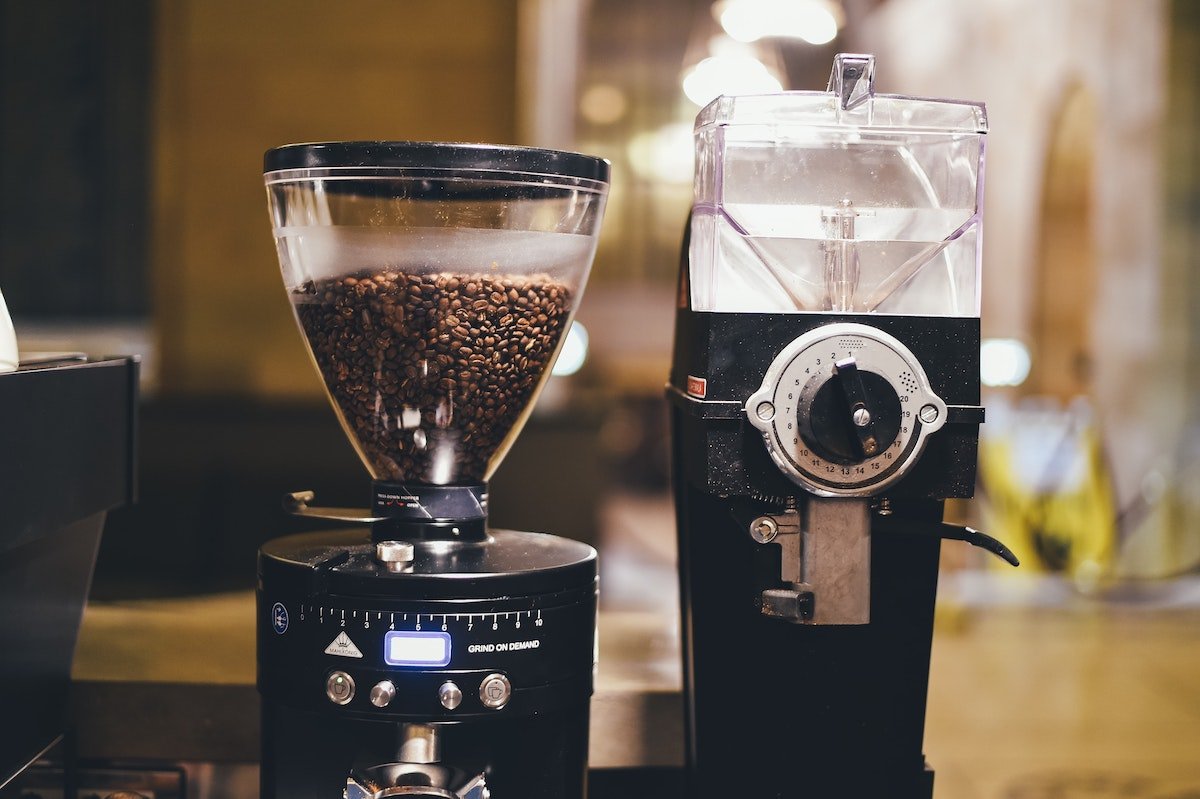How to Brew Barbell Coffee.
If you want to keep it simple
The "Golden Ratio" - one to two tablespoons of ground coffee for every six ounces of water. Adjust to your preference. If you like lighter coffee, start with one tablespoon to one and half tablespoons. If you like stronger coffee, go with two tablespoons.
If you use an automatic drip coffee maker, don’t go off of the cup lines on your coffee maker. Use a kitchen measuring cup, and see where the water actually measures in your coffee maker. For example, six ounces lines up to about the one and a quarter mark on my drip coffee maker.
For the Coffee Nerd
What you will need:
A scale that measures in grams (g)
The formula, 1g coffee : 18g water
There are many different ways to brew a cup of coffee: pour over, French press, AeroPress, automatic drip, to name a few. Regardless of which you choose - with the exception of espresso brewing and Moka pots - use the following ratio: use 1 gram of coffee for every 18g of water.
If you know how much water you want, the formula looks like this: Water in grams / 18 = beans needed in grams
For example, say you want a 275g cup of coffee. This is what your formula should look like:
275 / 18 = 15.278g of beans needed
Just reverse the formula if you know how much coffee you want to use, but you’re unsure of how much water to add:
15.278 x 18 = 275g of water needed
Note: Measure your coffee in whole beans. Don’t grind your coffee first.
That said, each method will require more or less work and hardware. For example, the pour over method requires an electric kettle or stove top kettle to heat your water and the pour-over-style “dripper” like a Chemex or a Kalita Wave. Whereas, an automatic drip comes ready out of the box. But each method will offer more or less control over the brewing process.
Swiss Water Process Brew Guide
While the steps above also work for Swiss Water Process (SWP) Decaf Coffee (which is what we sell), feel free to check out this SWP Decaf brew guide by Swiss Water .

